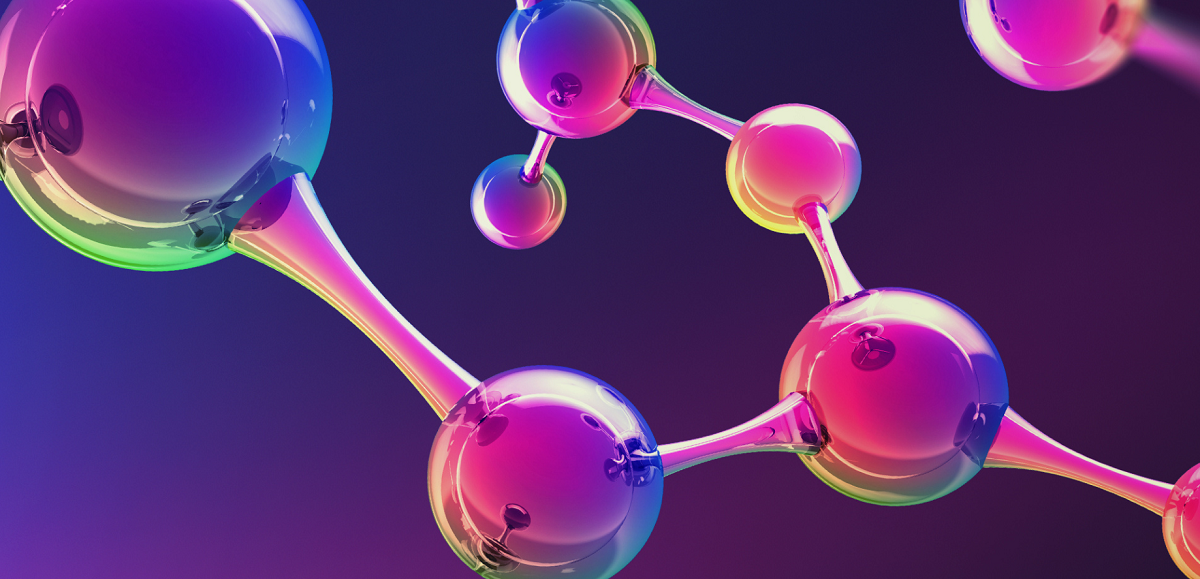Oct 12 2021
4 min read

Over the last decade, the demand for main petrochemicals intermediates (ethylene, propylene, paraxylene) increased by an annual growth rate of around 4%. That is a growth rate very similar with the one observed for the global Gross Domestic Product (GDP) during the same period. On the other hand, since 2010, fuel demand growth followed global population change with an annual growth of 1% per year. According to the International Energy Agency (IEA), petrochemicals are rapidly becoming the largest driver of global oil consumption; they are set to account for more than a third of the growth in oil demand by 2030, and nearly half by 2050, ahead of trucks, aviation and shipping.
The Crude-to-Chemicals (CTC) concept involves merging refining and petrochemical operations, with the primary objective of maximizing chemicals production. It consists in the ultimate degree of integration between a refinery and a petrochemical plant to form a unique complex dedicated to push forward the conversion into valuable petrochemical intermediates (olefins & aromatics).
Crude-to-Chemicals integration is a necessity to meet a driving demand towards High-Value Chemicals (HVCs), at the expense of transportation fuels and heavier fuel oils.
Figure 1: Chemical yield increase for each stage of the Refining and Petrochemical integration
A brief overview of the refining industry sheds light on the increasing need of a refining & petrochemical integration. As shown on Fig. 1, it is possible to chart the evolution of the refining industry, from low chemicals conversion levels to much higher ones in recent years.
This gradual evolution has been made possible by the ever more sophisticated technologies implemented over time. These technologies enabled a continuous adjustment as a response to market changes and regulations over investments. A series of steps allows for a transition towards chemicals even for short and mid-term perspectives.
Before the 90s, refining and petrochemical were two distinctive industries, made up of:
At that time, when no deep conversion was required, there was no global vision as the two value chains were evolving separately within their own sector, without sharing the full picture of the market demands. Refining naphtha was mainly dedicated to gasoline pool production, taking as a benchmark that in the year 1990, the global oil demand for chemical feedstock represented only 8% of total oil demand.
The 1990 – 2000 period marks a noticeable milestone since it consists precisely of the premises of the synergy between the refining & petrochemical sites, with battery limits partly integrated.
The early stage of this synergy effect is reflected in an enhanced flexibility, which is the keyword of the nascent integration concept. Back then, diesel production was pushed against gasoline production, resulting in 15 to 25% of naphtha dedicated to chemical products mainly through the steam cracking and through aromatics production plants of still relatively modest capacities, with the exception of a couple of back-integration pioneers at that time.
Such flexibility would not have been possible without reaching higher conversion levels owing to technological advances. Even so, the refining units of the plant remained mostly devoted to fuel production, from which side-streams are spared to feed adjacent petrochemicals units, which were conceived as profitability booster for the plant.
After the third oil shock in 2008, began the expensive oil era. Higher conversion levels were required, as the balance between petroleum products & chemicals kept on changing - and all the more so since heavy crude oil transformation is now of topical interest.
The third integration stage, which occured this past decade, focuses on the consolidation of partial integration and the building of ever larger plants. In total, 25 to 40% of a much larger naphtha production was diverted to chemical products. The synergy between refining and petrochemicals units was not yet fully optimized but profitability greatly increased nonetheless thanks to technological improvements.
Technological improvements made it possible to:
The CTC concept was born.
Finally, in 2020, started the fourth stage of integration which is the ultimate crude oil conversion into High-Value Chemicals (HVCs) to capture further value, more
attractive margins and reach robust growth prospects for chemical products. This
ambitious but realistic goal is achievable through the combining of CTC technologies to transform high proportion, in excess of 40%, of crude oils into chemicals.
This implies significantly converting low-value residues to improve economics and include flexibility to constantly match the market demand thus ensuring maximum returns, taking up the challenge of current global trends.
While staged investments tailor-made to site characteristics and market objectives
are certainly a valuable route for upgrading the profitability of existing sites by integrating new units, grassroots CTC complexes designed as a seamless system set a new benchmark for efficiency, flexibility to market and profitability. The first large scale CTC complexes designed by a single refining and petrochemicals technologies provider were built at the end of the 2010 – 2020 decade.